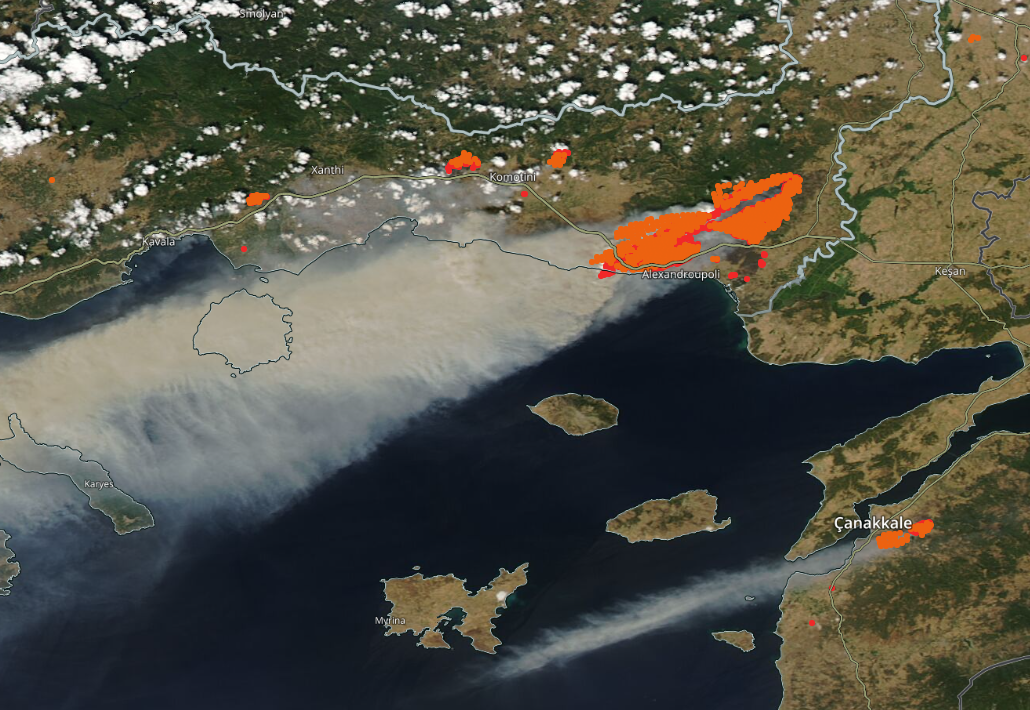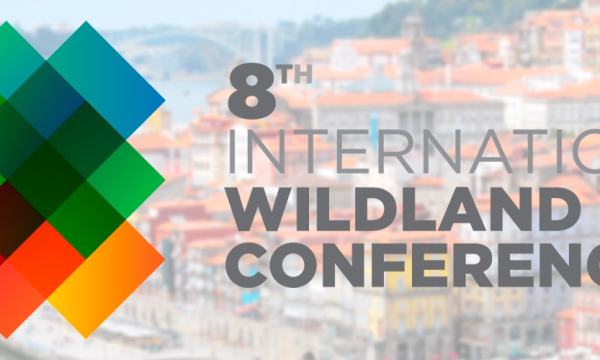These are not sporadic events or events that don't follow any pattern; on the contrary, we are witnesses to phenomena that have been taking place all over the world conditioning their surroundings.
We witness recurring heat waves, new historical maximum temperatures, accumulated droughts that exceed one year, instead of what used to be only a couple of critical months of drought, the increase in sea temperature, but also in the atmosphere, resulting in more energy to enhance pyro-convection.
The worrying aspect is that we aren't just dealing with an isolated situation in time or place, but that it is becoming generalized on a global scale, affecting latitudes that were previously more indifferent to these changes, and for example, in the case of heat waves, not only are they occurring more frequently but their permanence is extending over more and more days.

Source: ERA5. Credit: Copernicus Climate Change Service/ECMWF.
From TEP we work extensively on the concept of large wildfire window, which refers to the amount of accumulated dry hours, which causes fuels to be unable to recover their moisture content (usually during the night) and therefore, to become completely available to burn, mainly those with a time lag of 1, 10 and even 100 hours, if extended for several days. These changes configure complex territories with stressed vegetation due to the lack of rainfall combined with residential areas that, due to their location, become even more vulnerable to these changes.

In the image above, we can see the map of the area coloured according to the anomaly in the FWI for August 21 2023, compared to the values over a 30-year period, obtained from GWIS, Copernicus. Inside the circle, the most affected area by this combination of unfavourable weather and ready-to-burn fuels is marked. On the other hand, in green, are the hot spots detected by the MODIS sensor for the same date, and where the greatest number of hot spots are concentrated, the Alexandropolis wildfire "complex" in Greece.

This wildfire has been the largest recorded so far this century in Europe, with an affected area of more than 90,000 hectares, resulting from the union of two large wildfires that were separated from each other by 20 km. When normally wildfires would take weeks to burn such large areas, this one burned in a matter of days, with a main run of more than 45 km in half a day, reaching the sea and trapping civilians in its path.

Terra satellite images where we see in a softer red, contrasting with the green background, the burned area and in intense red, the hot spots, both for that day.
In the image above, we see the sequence over three days, from August 21 to 23, 2023, of the evolution of the wildfire, with the maximum peak on the 22nd. Reconstructing wildfires and tracking them over time helps us to understand what the wildfire wants to do and can do and helps predict what it will do in the future. This, exactly as we teach in TEP, helps us to look for opportunities, propose different solution scenarios, and choose the one that best fits within our possibilities, responding to the question of what we want to do and what we can do.
These possibilities are not always continuous. Sometimes, it is key to know how to wait for the right moment and position ourselves in the right place, especially in wildfires like these that are far beyond our suppression capacity, due to the high rate of spread and fire line intensity.

Sentinel 2 images processed to highlight the final burnt area in red (left) and to see the degree of severity after the fire's passage (right) on a colour scale, where red was worse and corresponds to the large run on 22 August.
If we are faced with a reality that exceeds our capacities, threatens us, repeatedly puts us in check and could even replace what we have previously considered as "normality", it’s clear that we must act accordingly. We are living in a dynamic world, which constantly changes the rules of the game to which we cannot be indifferent and to which we must adapt.
Beyond the differences of each country, we are facing a global problem, where international cooperation and joint learning is essential, but it is also important, on the one hand, that the fire fighting forces know how to identify where, when and how to act during a wildfire without exposing themselves to dangerous situations or to exhaustion causing ineffectiveness, and on the other hand, that society in general designs future scenarios that can be worked on and managed.




